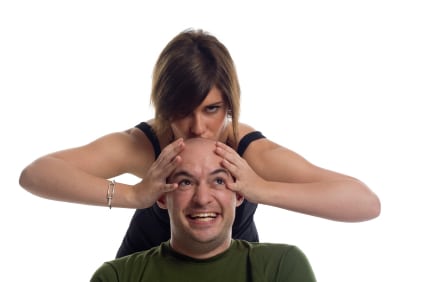Low Libido or Baldness: It’s Your Choice Lose your hair or lose your libido. That’s a decision you might have...

Low Libido or Baldness: It’s Your Choice Lose your hair or lose your libido. That’s a decision you might have...
© 2025 jackomd180. All rights reserved.